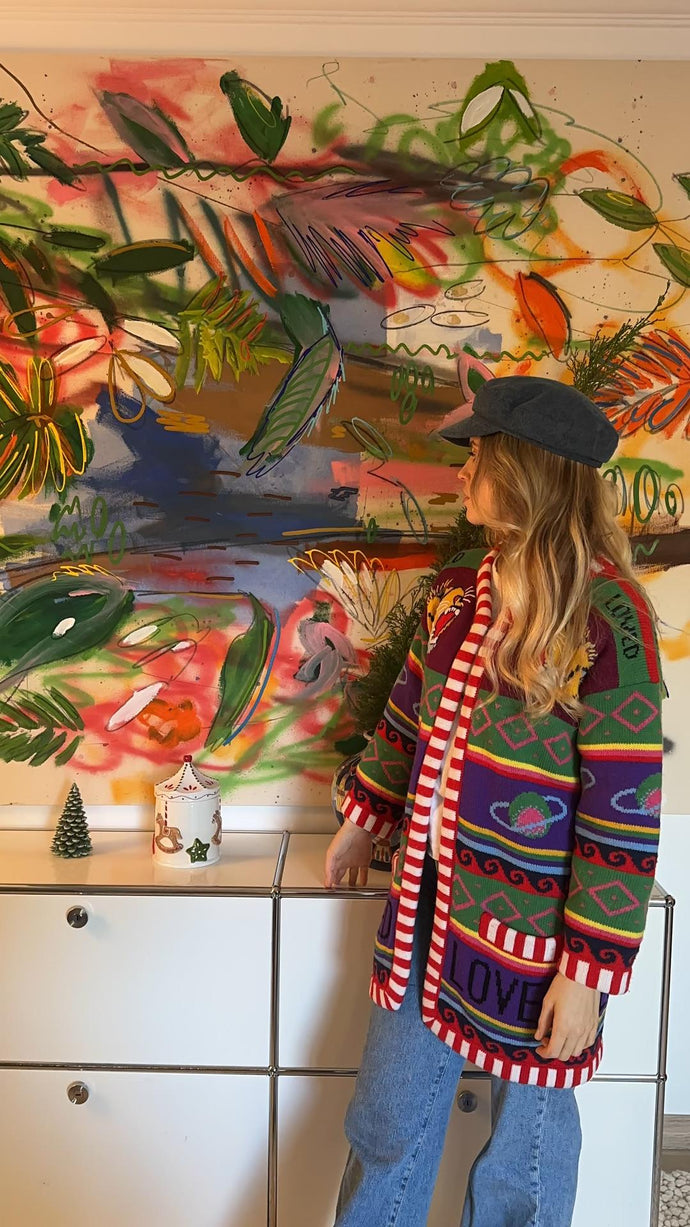Adding original artwork can instantly elevate any space while expressing your unique personality and interests. However, if you’re new to art collecting, the prospect of buying art can seem daunting. Where do you find pieces? How do you know if a work is priced fairly? What about fakes and forgeries?
This beginner’s guide covers tips from art experts on building an art collection you’ll cherish for years. Follow this advice to confidently navigate the art buying process and discover artists and artworks that speak to you.
Set Your Budget
As with any major purchase, deciding on a comfortable budget before you begin browsing prevents “sticker shock” down the road. Consider what you can allocate towards:
- The first piece(s) for your collection
- Ongoing costs for additional acquisitions
- Framing and installation for your purchases
Remember, you can always start small and build your collection over time. Purchasing artwork should align with your financial means.
Explore Different Art Styles and Mediums
The art world is a huge, diverse landscape spanning endless movements and techniques. Before visiting galleries, view art reference guides online to learn terminology and see examples. Some key styles and mediums to explore include:
- Painting genres: Abstract, impressionism, pop art, etc.
- Photography types: Minimalist, black and white, landscape, etc.
- Mixed media using multiple techniques in one piece
- Sculptural mediums: Bronze, stone, metal, clay
- Traditional mediums: Oil paint, watercooler, pastel, charcoal
Research Artists Within Your Favorite Styles
Once you have an idea of your aesthetic tastes, research artists working in those styles and follow ones you’re repeatedly drawn to. Good resources include:
- Gallery websites like Artpiq promoting their represented artists
- Artist pages on platforms like Artsy that organize by style
- Art publications and blogs interviewing emerging talent
- Social media accounts like Instagram showing artist works
Make note of any artists you want to continue following. This provides a great wish list to reference when you see their pieces for sale.
Find Reputable Dealers, Galleries, and Art Fairs
To find quality original art to purchase, trusted sources are essential. Look for:
- Respected legacy galleries with longstanding artist relationships
- Curators and dealers recommended within the industry
- Prominent art fairs around the world each year
- Auction houses like Sotheby’s and Christie’s to bid on consigned work
Verify Provenance and Authentication
Once you’ve found a piece you’re interested in, due diligence is required to ensure authenticity and a legal chain of ownership, known as provenance. This is for art bought from the secondary market. Always verify:
- Official authentication paperwork from respected expert bodies
- Direct provenance records provided by the seller
- Inclusion in any authoritative sources on the artist’s catalog raisonné
Proper paperwork protects against costly forgeries and fakes. Don’t hesitate to request proof.
Understand the Sale Contract Terms
Reputable sellers always provide a complete purchase agreement outlining:
- Final sale price and payment schedule
- Documentation being provided certifying authenticity
- Shipping and delivery logistics
Review carefully before signing to ensure alignment. This legally protects both buyer and seller.


